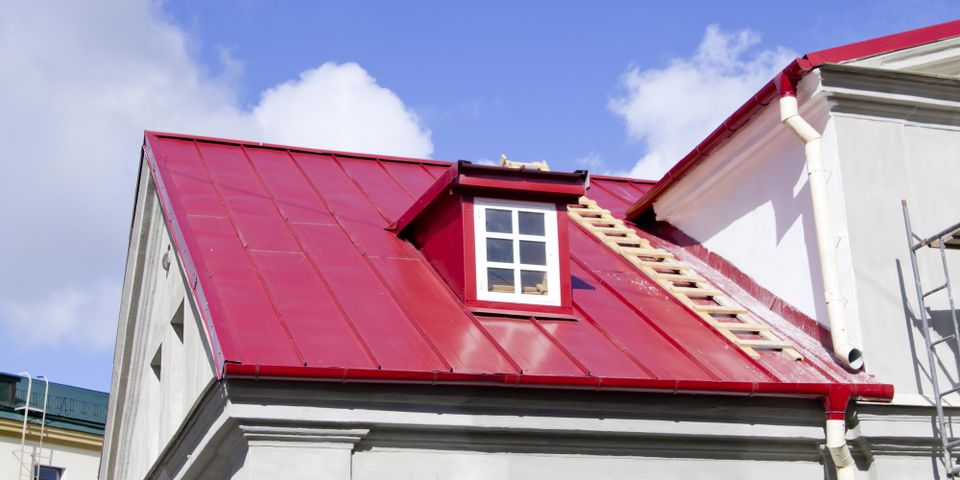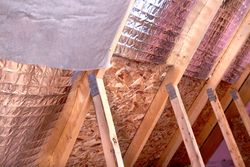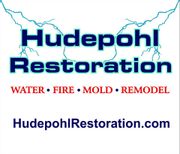
While mold is an outdoor necessity because it breaks down organic matter, it is an issue when indoors. The fungi contribute to asthma flare-ups and allergic reactions, including headaches, coughing, sneezing, watery eyes, and irritated throats. It also causes structural damage if it is allowed to spread. Mold affects a variety of surfaces, including fiberglass insulation. Below, learn how to tell if your home features this insulation and what to do if you suspect mold.
How to Identify Fiberglass Insulation
 Fiberglass insulation, or insulation made up of tiny glass fibers reinforced with plastic, is a common homeowner choice. It is safe to use, unlike asbestos as long as you don’t touch it since it can cause skin irritation upon contact.
Fiberglass insulation, or insulation made up of tiny glass fibers reinforced with plastic, is a common homeowner choice. It is safe to use, unlike asbestos as long as you don’t touch it since it can cause skin irritation upon contact.
The insulation comes in several forms. A roll of fiberglass is a popular choice for many homes. Loose-fill and rigid board options are also available. This insulation is usually pink with a cotton candy-like appearance and fits among the joists, studs, and beams in unfinished walls, ceilings, and floors. A quick trip to your attic is usually enough to determine if fiberglass insulation is in place. If you are still uncertain whether your home features this type of insulation, contact a professional who has the experience, knowledge, and equipment to handle the product correctly and safely.
How Mold Forms On Fiberglass & What You Can Do About It
If your home does not feature a water vapor barrier, which is a barrier that prevents soil moisture from evaporating into your home, mold can develop on insulation. All it needs to flourish are dark, damp conditions. Leaky plumbing can subsequently contribute to insulation mold growth, as can any leaks in your attic. Mold appears in concentrated deposits on fiberglass insulation as compared to cellulose insulation that distributes water more evenly. Musty odors and allergic reactions are among the most common signs of this fungi in the home. Serious infestations can also spread onto your home’s other structural components and break them down, such as the wood framing in your attic.
When these destructive spores appear on fiberglass insulation, it must be removed to avoid further growth, health issues, and structural problems. Once the insulation is eliminated, any plumbing or roof leaks also need fixing to prevent the mold’s return. Request vapor barrier installation in addition to new insulation if your home is without this essential protective product.
If mold has taken over your fiberglass insulation, schedule a removal with Hudepohl Restoration. This locally-owned company has provided water damage and fire restoration services for over three decades. The company has locations in Cincinnati, OH, and Louisville, KY, to better serve the region. Call (513) 398-9691 today to schedule an appointment or visit the team online to learn more about services. Get additional home improvement tips on Facebook.
About the Business
Have a question? Ask the experts!
Send your question

